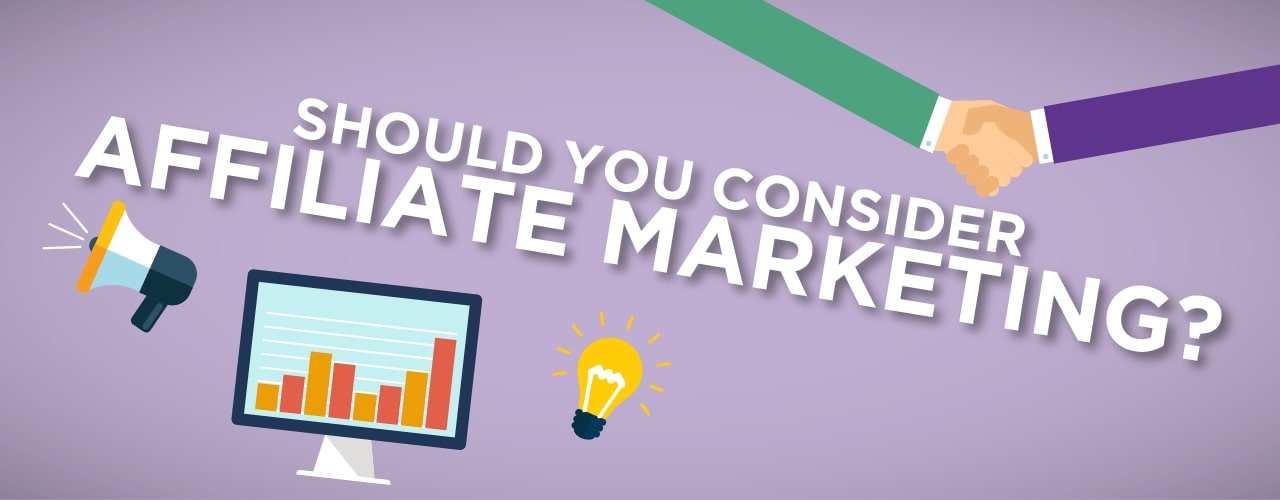It’s a media-filled world out there, and even though the days of cable watching may be slowly but surely fading into the sunset, video advertising is still extremely relevant. In fact, more than ever before, advertisers have the ability to get in front of their target audiences using video content.
Have you ever thought that running a video ad would be the best way to reach your target audience? After all, there’s a YouTube video for everyone, even if you’re super grumpy.
How It Works
You may not have realized that content marketing on YouTube was so accessible to the average marketer. Depending on how many users you are trying to reach, a YouTube ad campaign can be fairly cost effective, and what’s more, it runs essentially like any other AdWords campaign.
When you show your ads on YouTube, you accrue charges based on how many times somebody clicks on your ads using what is called a CPV bidding model. When you use the Display network to show your ads on partner websites, you pay for every click using a CPC bidding model, just as you would with regular PPC advertising. Your ads run using a daily budget, so you can determine how much you spend.
Pretty simple!
And just like other AdWords bidding, CPC and CPV bids for video ads are determined by the market, so it all depends on the competition in your industry, the number of views or clicks you want to get per day, and the size of the region you want to target.
Where Your Ads Show
With AdWords video advertising, you can choose to get in front of your target audience when they are watching their favorite cat video or when they are browsing around on Display Network websites. Each option offers a different type of exposure.
We have all seen the ads that show on YouTube before the main feature. This is what is called theTrueView format, or the escapable format. Yes, you can skip an ad on YouTube (and we’re all grateful for that), but when targeted correctly, your video can perform two functions – delivering your message and bringing people to your site.
As mentioned above, on YouTube, you get charged per view via the CPV model, meaning you pay every time somebody views your ad for 30 seconds or longer. A user can also click on a call-to-action overlay to go back to your website and purchase or call.
The second option for showing your ads uses the Display Network. It functions very similarly to any other Display campaign in that it essentially just shows your ad on network websites — website that have agreed to show advertising content.
How about video Remarketing? Yep, it’s possible! You can set this up for either YouTube or Display, and it functions essentially the same as any other Remarketing campaign through the use of a tracking pixel on your website.
How You Target Your Audience
As with any online marketing campaign, targeting is your friend. You don’t want to show an ad for women’s shoes on a Super Bowl highlight reel, or for tax services on a clip of Kim and Kanye’s wedding.
With both YouTube and Display advertising, you have all the great targeting abilities that AdWords provides. On the Display network, you can choose your website placements, add negative placements, or contextually target using keywords and locations. On YouTube, you can target by interest, genre, demographic, location, and more.
Targeting can be pretty subjective, so this is where your AdWords management company has value. We can try testing your ads in different geographic locations and markets to see how the response changes and help find the perfect fit.
How You Create Your Video Content
Coming up with a video ad is definitely the most laborious part of the process. Since the ad speaks for your business, you need to make sure that it does the job well. There is nothing worse than a boring, low-budget homemade advertisement, and your viewers will recognize that.
Although you can create your own ad using the Ad gallery, the best way to make sure that your video is up to par is by having an ad created by a professional, or by recording one yourself if you have the resources. For best results, keep the fairly generous TrueView ad guidelines in mind, as this is the most universal format. It essentially requires that your video not exceed three minutes and that it be uploaded to YouTube among other things.
How You Find Success
Video advertising can be an awesome way to get your name out there, but it’s not for everyone. Before you decide to run video ads, you should ask yourself how compelling a video advertisement would be for your business. Think about whether you want to show a video where the messaging is the important aspect of the content, or whether you are simply looking for a click back to your website and a conversion.
May the best commercial get the sales!




